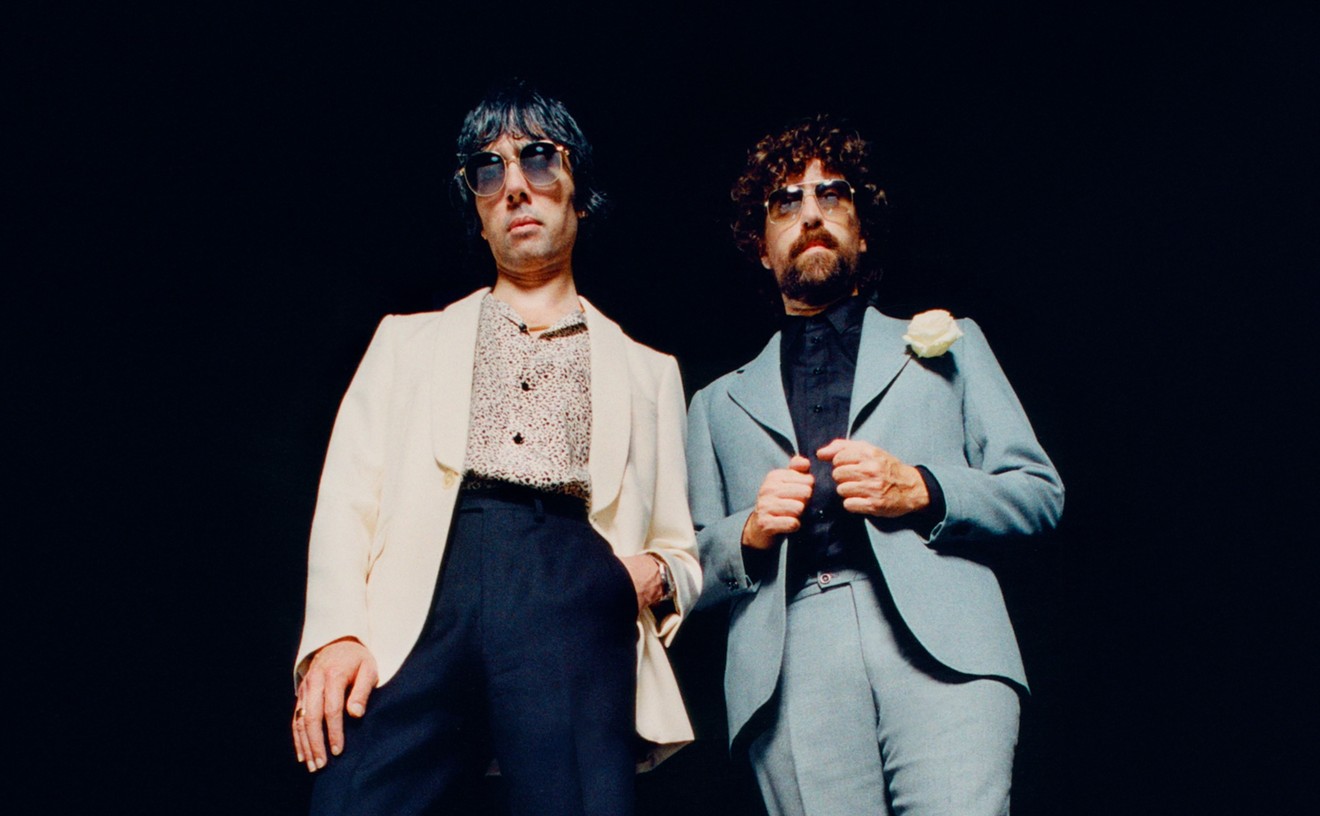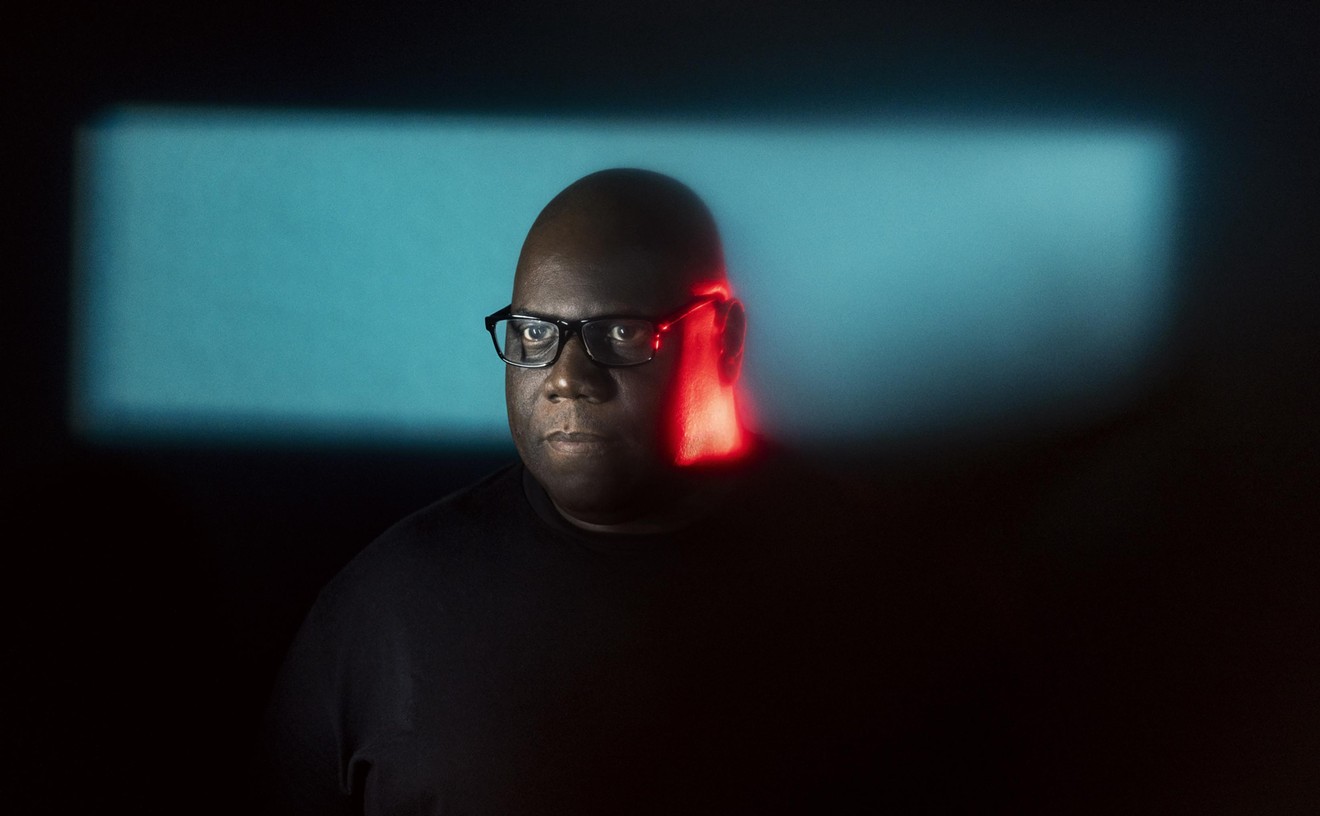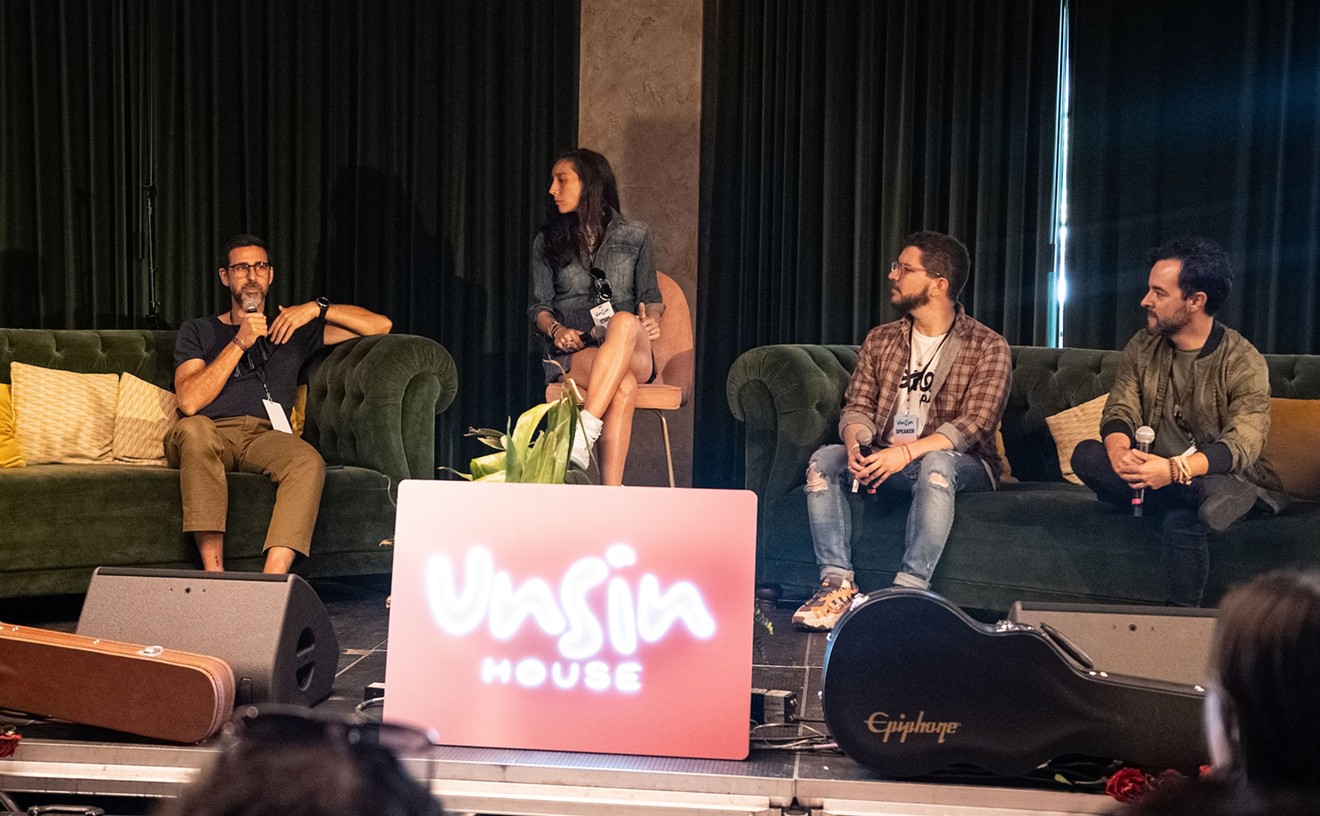The truncated set nevertheless was a journey that ended 180 degrees away from the sort of musty routine that often passes for jazz performance these days. The group, founded more than two decades ago by tenor saxophonist Tony Dagradi, aired out the title track and several other original compositions from last year's well-received Voodoo Bop disc. And pianist David Torkanowski, known for his scene-stealing moves, at one point gleefully led the others into the joyful rumba boogie of Professor Longhair's "Go to the Mardi Gras."
Flash-forward two nights later, to a cramped stage at the front of the long, narrow Funky Butt, a snug nightspot overlooking the city's Congo Square, reputedly the very place where freed slaves churned up the rhythms and chants that laid the foundations for jazz. A statue of an African woman suckling her infant stands just to the right of drummer Johnny Vidacovich as an obvious symbol of music's role in spiritual nourishment.
Vidacovich, a New Orleans native, sounds as if he's telegraphing the historical entirety of his hometown's grooves in his playing. Greasy funk backbeats, chang-a-chang swing, second-line grooves, Caribbean syncopations, impressionistic free time -- it's all there, and it's all clearly stated.
The shuffling blues of "The Whole Truth" opens up for James Singleton's bowed bass work, then it's on to Torkanowski's stride-piano declarations and a shout chorus at the end. Steve Masakowski's fluent, creepy-crawling guitar lines, echoed by the other instruments, are at the center of "Sombras en la Noche" ("Shadows in the Night"); a later tune shifts from soul jazz to the "Everybody Must Get Stoned" chorus of Bob Dylan's "Rainy Day Women #12 and 35," and then into a gospel rave-up.
In a postshow interview, Dagradi explains, "The nature of the music business is such that we've always individually been extremely busy doing different things. It was never really the only focal point of our creative endeavors. A lot of times it was kept on the back burner. It was, 'I'll do Astral Project and feel good, and then do my regular thing and make money.' Now is a real different period for us. We're getting out of New Orleans a little more." Bassist Singleton adds, "Our focus has always been rather eclectic, which has not been to our advantage, in terms of fame and fortune. I think that a lot of people are finally coming around to the view that our eclecticism is one of our strengths. We're capable of reflecting a broader view of music than perhaps the more doctrinaire jazz bands."
Jazz as we now know it, the modern mainstream sound inspired by the bebop revolutionaries, has largely been developed by players who built their music around bands, as opposed to the stars-and-sidemen model so prevalent these days. Think of John Coltrane's classic quartet, Miles Davis's quintets, or Bill Evans's trios. Shared experience on the bandstand, for Astral Project, has similarly translated into the band members' intuitive understanding of one another's playing, as well as a remarkable ease in making the kinds of connections and transitions that other outfits couldn't achieve, even with constant practice.
That fluidity didn't happen overnight. Dagradi, Singleton, Vidacovich, and Torkanowski first played under the Astral Project name in 1978. Masakowski came along in the mid-'80s, but the group's first studio recordings weren't released until 1994.
Along the way Dagradi, Masakowski, and Torkanowski have released discs as leaders for Gramavision, Blue Note, and Rounder respectively, and the band's collective résumé of recordings and performances is awe-inspiring. The short list: Professor Longhair, Mose Allison, Johnny Adams, Nat Adderley, James Booker, John Scofield, Bill Morrissey, Solomon Burke, Zachary Richard, Chet Baker, Carla Bley, Ruth Brown, Irma Thomas, and Alvin "Red" Tyler.
"For a while, Tork[anowski] and John and I were kind of a rhythm section du jour," Singleton says with a laugh. "Tony and Steve were also involved in some of that. We've played country gigs together, R&B gigs together, straight blues gigs, a lot of jazz -- traditional and modern, big bands, and we've played completely free improvised music with first-generation avant-garde players."
Astral Project's proclivity for that last style, along with an aptitude for funk, may eventually provide a link to a younger generation of listeners attracted to groove-oriented jazz acts such as Medeski, Martin & Wood, Charlie Hunter, Galactic and, by extension, the neo-Dead crowd. Singleton admits such an affinity may be a natural move. "We played the Mercury in Austin -- two other jam bands and us, and a roomful of college kids," he says, "and we just rocked the house. We can do that all day. We can jam-band you till you're dead." He pauses, then adds pointedly: "But we happen to have melodies to go with it."










